All along the Oystercatcher Trail you can spot the invasive Acacia cyclops or more commonly known as Rooikrans.
Stranded Seal Pup
On our new day two of the Oystercatcher Trail, a circular route starting and ending in Boggomsbaai, we were walking along the fossilised sand structures on Boggomsbaai beach due to the high tide when one of the hikers along with his son stumbled upon a...
On our new day two of the Oystercatcher Trail, a circular route starting and ending in Boggomsbaai, we were walking along the fossilised sand structures on Boggomsbaai beach due to the high tide when one of the hikers along with his son stumbled upon a cape fur seal pup! The pup was so well camouflaged against the sand coloured structure that he was hidden in plain sight. The pup we could tell would be around 5 to 6 months old as pregnant female seals give birth around November/December time. The pup did not look too well but quickly made its way back to the shallow water of the incoming tide to escape the onlooking hikers. We gave him space and watched from a far looking for any open wounds to report, however he seemed to be in good physical condition so we assumed he was maybe suffering from exhaustion as many seal pups do. When a pup is born the mother will remain with her offspring for the first 7-10 days, nursing it on a diet of high fat content milk. After this initial stage she will begin a cycle of spending 3-4 days out at sea foraging before returning to her pup (which she can locate out of thousands by its smell) to spend 2-3 days nursing. Females will nurse their pups for 8-10 months. Cape fur seal pups only enter the water for the first time at around three months of age, during this time many can become thin and weak due to the new physical activity. Pups can become separated from their colonies by fatigue when swimming, being washed off their rocky island home and swept ashore by rough seas or by trying to escape predators. As wild animals and part of the natural cycle of life, it is inevitable that some of these youngsters will not make it to adulthood. Unfortunately we are not authorised to intervene with any marine wildlife unless there are any physical wounds or it is a species that does not occur in the area and is stranded but even then we have a ‘look don’t touch policy’ and contact the relevant people who are trained in marine care. It pulls on the heart strings a bit when we come across a situation like this but I take it as an opportunity to educate my hikers on how everything plays a role in the ecosystem and this seal pup might provide nourishment to another species that needs it more. So if you ever come across a stranded marine species remember to look and not touch, marine animals can become aggressive when in distress. Rather asses the situation, look for open wounds etc. and then contact the relevant personal.
Stranded Marine and Animal Rescue Team - S.M.A.R.T - 072 227 4715.
Fun facts about the Cape Fur Seal
- Cape Fur Seals can hold their breath for over 10 minutes and can dive to a depth of around 400m.
- Though clumsy on land, they are exceptionally graceful in water and are strong swimmers.
- The population size is estimated to be 1.5 – 2 million, with about 2/3 of this being in Namibia.
- Adult males weigh between 200 and 360 kg while adult females weigh 35 – 110kg. Pups are born measuring weighing 5 – 6 kg.
- Cape Fur Seals can live up to 25 years of age.
- Their main natural predators are great white sharks and orcas and unnatural predators are boat trawlers.
Written by Kerry-Lynn Hawes
Further Reading
Become a Happy Hiker this season with a special offer of R3990 p.p (minimum 4 people) valid from 1 June till 31 August. Winter is a wonderful time to hike the Oystercatcher trail, not only does the cooler weather provide a shield from the heat of the sun but during this time is actually...
Over the Easter weekend the Hi-Tec Garden Route Walking Festival took place and we were honoured to be a part of it.





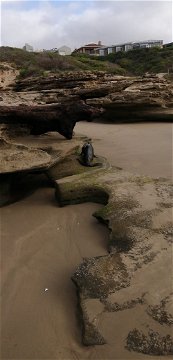
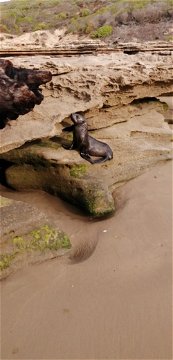
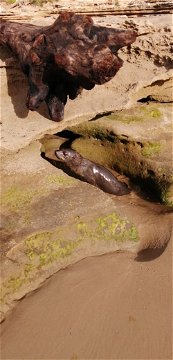
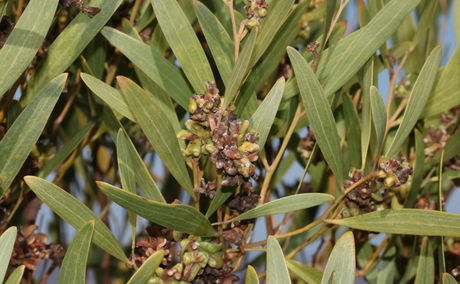

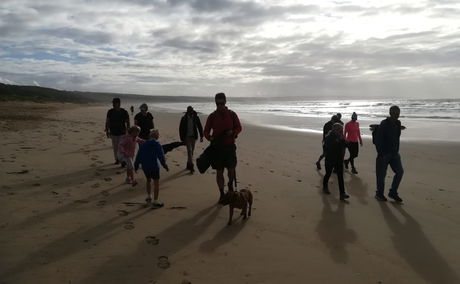
Share This Post